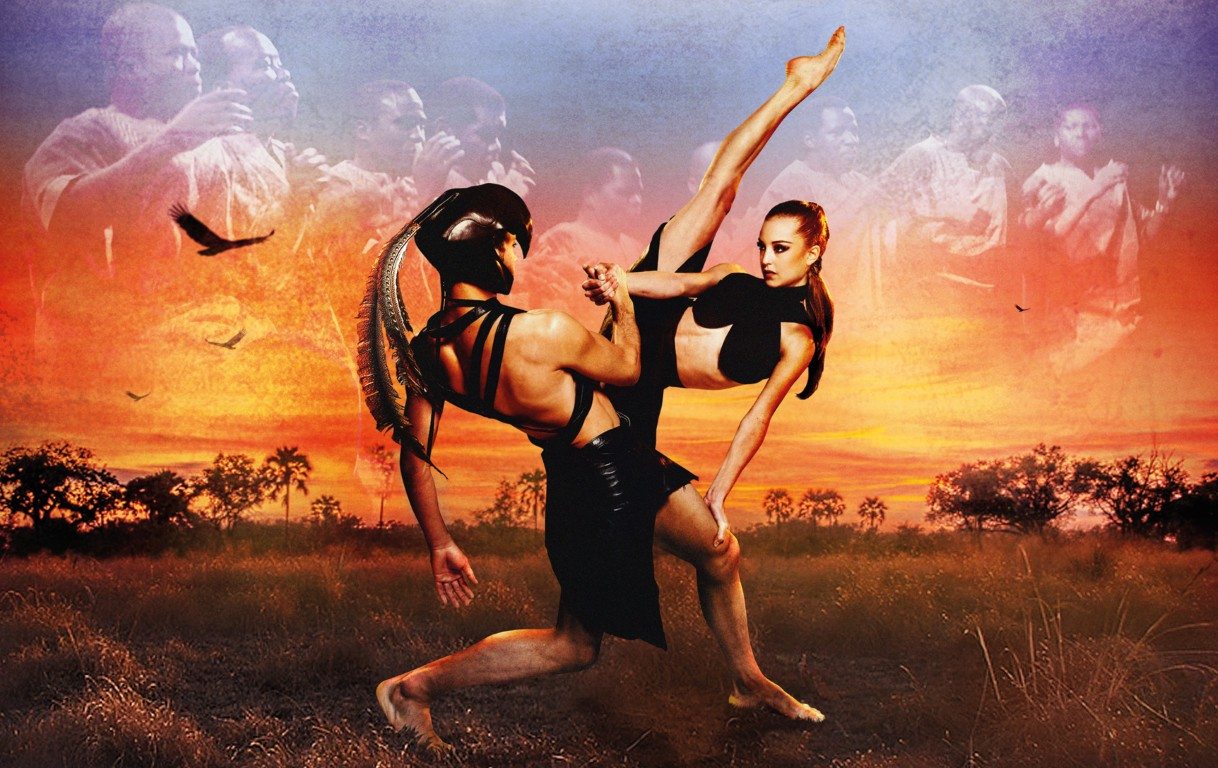Inala, Warwick Arts Centre- Review
It’s fair to say, that prior to watching Inala, my relationship with ballet has been fairly rocky. I find the rigid structures and regurgitation of the same stories difficult to get excited about, and while the sheer discipline is impressive, I rarely find myself absorbed in a ballet the way I do in other forms of dance and theatre. Perhaps that’s why Inala appealed so strongly to me.
Billed as a Zulu ballet, Inala would be far better described as a combination of community dance-theatre, storytelling and an African Choral concert. The sheer scale of the production was impressive enough; the stage was split into three sections, with musicians at the back, a huge chorus in the centre and the primary, ‘balletic’ dancers taking the front. Combine this with beautifully harmonised choral music, an evocative, impressionistic backdrop and the rare sight of an appropriately used smoke machine, and you have a vague sense of just how gigantic the production was.
From the word go, the Butterworth Hall simply exploded with atmosphere. The performance was told in several African languages and appeared to lack a definite central narrative, but the first half was immaculately structured to take the audience on an emotional journey rather than a narrative one. The joy of the singers and dancers was obvious from right at the back of the auditorium, and the synchronised rhythm of the entire cast’s feet as they opened the show with a beautiful ensemble dance immediately set the hypnotic tone for the production.
For such a large-scale performance, the choreography was often remarkably understated. The dancers, evidently capable of virtuosic solos, preferred to share seemingly improvised sections amongst each other, giving focus to the chorus and musicians at every available opportunity. Instead, the music soared above the performance, lending a sense of the epic to the very personal stories of each performer.
Inala wasn’t without its flaws: it overused individual improvisation pieces; certain ideas and moves were repeated too often, and the second half was unable to recapture the same powerful emotional swell as the first. A combative dance led by the chorus appeared ten minutes into the second half, grabbing the audience’s attention in a way that would have been welcomed immediately after the interval, as the audience were notably restless due to various technical difficulties.
Although the pacing of the second half may have hindered Inala slightly, the unusual blend of contemporary dance, ballet and choral music was perfectly rounded off by the beautifully crafted final dance. The music came in a full circle, finishing with harmonised chanting that called back to the beginning of the performance, and the chorus once again linked with the dancers, producing a hypnotic piece that came into a final sculpture which foregrounded each performer.
The audience may have come away with their own experiences and interpretations of the performance, but I’m sure one thing stayed firm in everyone’s minds: the joy of being alive, a theme that ultimately ran throughout and defined Inala.

Comments